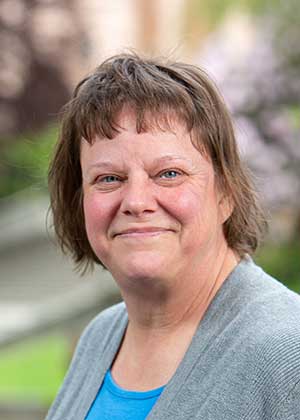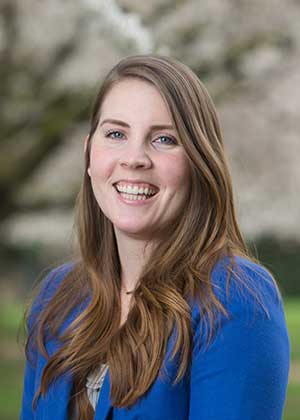They’ll also work directly with the teachers of the kids in the study, in Seattle Public Schools, Mount Vernon School District, Chimacum Public Schools, Franklin Pierce School District and Highline Public Schools.
Now in its first year, the project will study how children develop in important skills related to reading and writing, assessing their progress once or twice a year over a three year period so that the final data will reflect the reading development of students in grades 1-5. Researchers will also talk with teachers and parents to learn about literacy practices and long-term goals, both in homes and schools.
“We’re also working hard to have a culturally diverse sample,” Hudson said. “We want to include as many children of color and multilingual families as we can.”
Hudson said that while some studies have been done on children with specific conditions like Down syndrome, no U.S. researchers have tackled a study involving the wide diversity of kids with ID, regardless of the reason — especially not on such a large scale.
“We don’t know much about their development, we don’t know what skills develop in what order and what rate,” Hudson said. “We don’t know if they have a typical trajectory like everybody else but a little slower. We don’t know if the skills and knowledge that they have unfold in a different order than in typically developing kids — we just don’t know a lot of things that will be helpful to teachers and families.”
Fighting low expectations
That lack of basic knowledge about how kids with ID learn to read has led to chronically low expectations in schools, Roberts said. And those low expectations have led to poor long-term quality of life outcomes for kids with ID.
Despite the growing research in this area, Roberts said there are still “a lot of assumptions that people make about students with ID.” Unfortunately, Roberts said, most of those assumptions are negative — almost exclusively focusing on what students can’t do.
“So this was an opportunity to try to find out what exactly is happening in schools and in homes around literacy,” Roberts said. “I think this project can highlight innovative ways that teachers and families are thinking about literacy and engaging in literacy practices. We hope to celebrate some of the things teachers, families and students are doing really well and challenge and expand traditional conceptions of literacy development.”
A spectrum of neurodiversity
“Special education came out of a history of a medical model where teachers wanted to ‘fix’ people,” Hudson said. “We [used to] think of people who don’t read and write and learn the same way as the majority of children as having something wrong with them.”
Hudson said a more productive way of looking at students with ID is by removing the lens of ableism and thinking in terms of a “spectrum of neurodiversity,” where learning differences are simply seen as different ways of doing things.
“When you take an intervention with the thought that you’re going to fix someone, it’s not very helpful to them. And it’s not very helpful to our society,” Hudson said. “Instead, it’s better to start from what they can do, what they’re good at. We have to change the way we teach, depending on who’s in front of us and what their strengths are. A strengths-based approach requires acknowledging all the things kids can do well now.”
Reading is power
“I think sometimes people just think of literacy as reading and writing,” Roberts said. “But I think of literacy as the ways we communicate and engage with the world around us. Literacy has the opportunity to open a lot of doors for students.”

 "We don’t know if [children with ID] have a typical trajectory like everybody else but a little slower. We don’t know if the skills and knowledge that they have unfold in a different order than in typically developing kids — we just don’t know a lot of things that will be helpful to teachers and families.”
"We don’t know if [children with ID] have a typical trajectory like everybody else but a little slower. We don’t know if the skills and knowledge that they have unfold in a different order than in typically developing kids — we just don’t know a lot of things that will be helpful to teachers and families.” "Sometimes people just think of literacy as reading and writing. But I think of literacy as the ways we communicate and engage with the world around us. Literacy has the opportunity to open a lot of doors for students."
"Sometimes people just think of literacy as reading and writing. But I think of literacy as the ways we communicate and engage with the world around us. Literacy has the opportunity to open a lot of doors for students."